Salamanca is one of the most beautiful cities in Spain and is famous for its historical texture. There are many historical buildings in the city, one of which is the San Esteban Monastery. This monastery was built in the 16th century and is one of the most important monasteries in Spain.
San Esteban Monastery is a mixture of Gothic and Renaissance styles and its architecture is quite impressive. Inside the monastery, one of Spain's largest organs is located and the sound of this organ contributes to the monastery's enchanting atmosphere.
In addition, the works of Francisco de Zurbarán, one of Spain's most important painters, are also exhibited inside the monastery. These works are hung on the walls of the monastery and are beautiful to watch with admiration.
San Esteban Monastery is one of the places that must be seen in Salamanca. It is an ideal place for those who want to make a cultural trip and a great opportunity for those who want to discover Spain's historical and cultural heritage.
A Historic Building in Salamanca: San Esteban Monastery
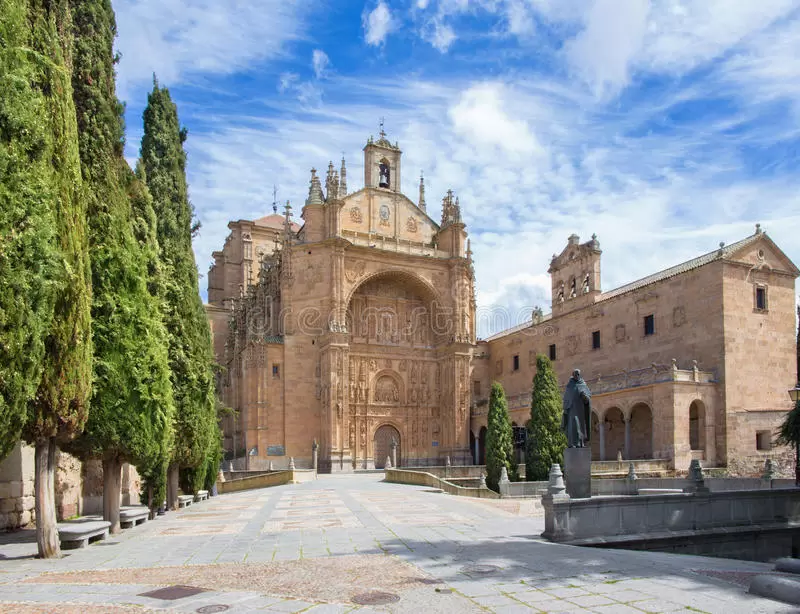
Salamanca is a historic city located in the Castilla y León region of Spain. The city attracts tourists with its historic buildings, famous university, and cultural events. Among these historic buildings, the San Esteban Monastery is one of the most important structures in the city.
The San Esteban Monastery was built in the 16th century and belongs to the Dominican Order. The construction of the monastery was financed thanks to the wealth obtained during Spain's discovery period. Rodrigo Gil de Hontañón, one of Spain's most famous architects, was involved in the construction of the monastery.
The exterior facade of the monastery is a mixture of Gothic and Renaissance styles. The sculptures on the facade depict scenes from the life of Jesus. The interior of the monastery is quite impressive, with one of its most striking features being a high-ceilinged and spacious nave. In the chapel next to the nave, works by José de Ribera, one of Spain's most famous painters, are exhibited.
The San Esteban Monastery is an important part of Spain's historical and cultural heritage. The monastery was built as a testament to the wealth obtained during Spain's discovery period. The architecture of the monastery was designed by Rodrigo Gil de Hontañón, one of Spain's most famous architects. The interior of the monastery, with its high-ceilinged nave and works by José de Ribera, attracts tourists. The San Esteban Monastery is an important part of Salamanca's historical and cultural heritage and is a must-visit destination.
San Esteban Monastery: Cultural Heritage of Salamanca
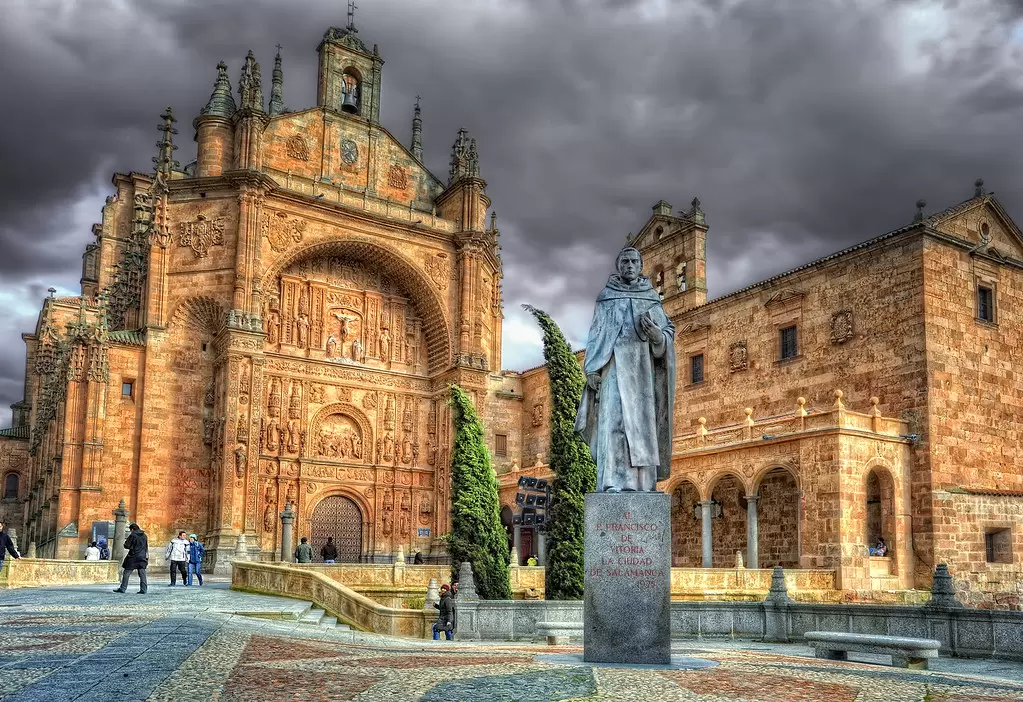
Salamanca is one of the most beautiful cities in Spain and is famous for its historical texture. There are many historical structures in this city, and one of them is the San Esteban Monastery. This monastery is considered as Salamanca's cultural heritage and is frequently visited by tourists.
The San Esteban Monastery was built in the 16th century and belongs to the Dominican Order. The construction of the monastery began in 1524 and was completed in 1610. The architecture of the monastery is a mixture of Gothic and Renaissance styles and is quite impressive.
Inside the monastery, there are many historical and artistic works. Among them, El Greco's painting "The Martyrdom of Saint Stephen" is also included. In addition, the church inside the monastery is a very large and impressive structure. There are many sculptures and frescoes inside the church.
The San Esteban Monastery has also hosted many important events in Spain. For example, in 1486, Queen Isabella of Spain stayed in the monastery for a month. Also, in 1559, the baptism of Don Carlos, the son of King Philip II of Spain, was held in the church inside the monastery.
Today, the San Esteban Monastery is a frequently visited place by tourists. The historical texture of the monastery and the artistic works inside impress visitors. In addition, the area where the monastery is located is one of the most beautiful places in Salamanca and attracts the attention of tourists.
In conclusion, the San Esteban Monastery is considered as Salamanca's cultural heritage and is one of Spain's most important historical structures. The historical texture of the monastery and the artistic works inside attract the attention of tourists, and therefore, it is a place that everyone who visits Salamanca must see.
Places to Visit in Salamanca: San Esteban Monastery
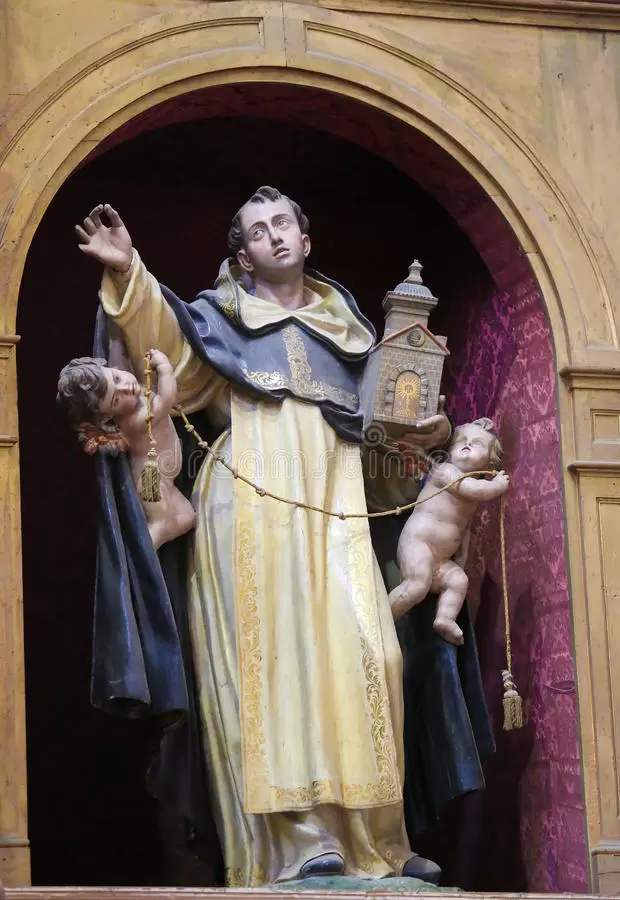
Salamanca is a historic city located in the Castilla y León region of Spain. The city attracts tourists with its historic buildings, famous university, and cultural events. Among the places to visit in Salamanca is the San Esteban Monastery.
The San Esteban Monastery is a Dominican monastery built in the 16th century. One of the most striking features of the monastery is a two-story arched entrance gate that opens onto a large courtyard. Above the gate is a statue of Fray Alonso de Burgos, the founder of the monastery.
Inside the monastery, there is a large church, a library, and a museum. The church is a mixture of Gothic and Renaissance styles and contains many works of art. The library, built in the 16th century, contains over 40,000 books. The museum contains many works that tell the history of the monastery and the Dominican order.
The San Esteban Monastery is one of the most important historic buildings to visit in Salamanca. The monastery's architecture and works of art attract visitors. Additionally, the monastery's historical and cultural significance is important for those who want to understand Spain's history.
Travelers to Salamanca should not forget to visit the San Esteban Monastery. The monastery is an important stop for those who want to discover Spain's historical and cultural heritage.
Historical and Architectural Features of San Esteban Monastery
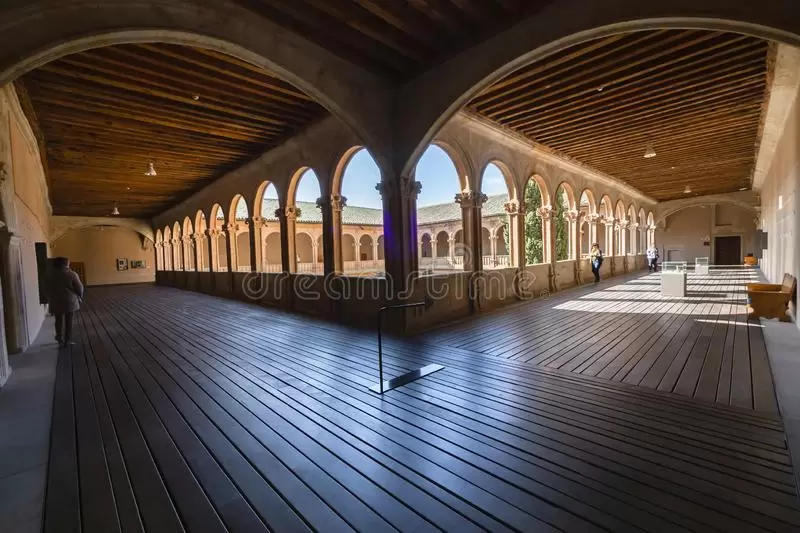
San Esteban Monastery is a historic building located in the city of Salamanca, Spain. Built in the 16th century, the monastery is one of Spain's most important historical buildings and is notable for its architectural features.
The construction of the monastery was initiated by Fray Martin de Santiago, a member of the Dominican Order. The construction was completed in the 17th century. The monastery's architectural style was designed to be in line with Spain's Renaissance architecture. The exterior of the building features Renaissance-style decorations and reliefs.
The interior of the monastery is also quite impressive. The frescoes and sculptures inside are among Spain's most important works of art. Additionally, the church inside the monastery is a large structure and one of Spain's largest churches.
San Esteban Monastery is an important part of Spain's historical and cultural heritage. The building's architectural features reflect the details of Spain's Renaissance architecture. Additionally, the works of art inside the monastery make a significant contribution to Spain's art history.
Today, San Esteban Monastery still attracts a lot of visitors. It can be said that this monastery is one of the places that must be visited for those who want to discover Spain's historical and cultural heritage.
Religion and Culture in Salamanca: The Importance of San Esteban Monastery
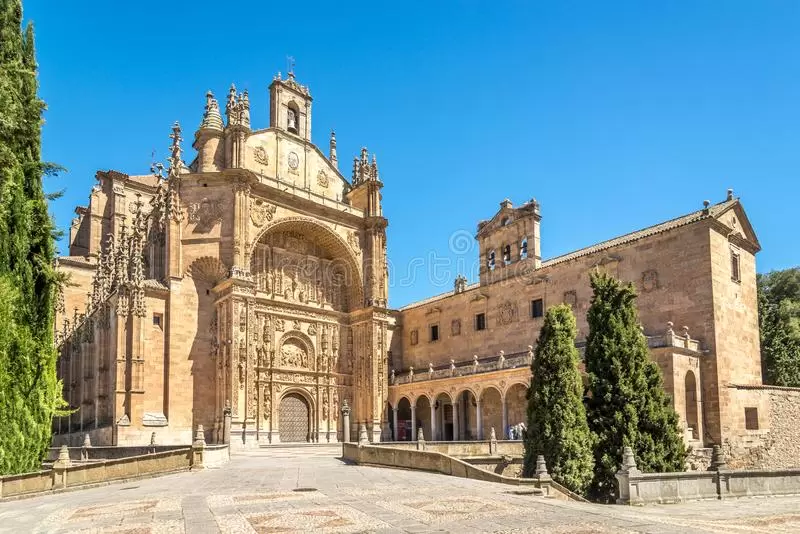
Salamanca is a historic city located in the Castilla y León region of Spain. The city is known for being home to one of Spain's oldest universities. However, Salamanca is also one of Spain's most important religious centers. The San Esteban Monastery in the city is the most important symbol of this religious significance.
The San Esteban Monastery was built in the 16th century. The monastery is one of the most important centers of the Dominican Order in Spain. Rodrigo Gil de Hontañón, one of Spain's most famous architects, was involved in the construction of the monastery. The architecture of the monastery is one of the most beautiful examples of Renaissance architecture in Spain.
One of the most important features of the San Esteban Monastery is the art it houses. The monastery contains works by Francisco de Zurbarán, one of Spain's most famous painters. Zurbarán's works are one of the most important elements that decorate the interior of the monastery.
The San Esteban Monastery is also one of Spain's most important cultural centers. The monastery is a place where Miguel de Unamuno, one of Spain's most famous writers, worked as a philosophy professor. The monastery also hosts some of Spain's most important literary events.
The San Esteban Monastery is one of the most important tourist attractions in Salamanca. The monastery is one of the most important symbols of Spain's historical and cultural heritage. The monastery is a must-visit place for anyone who wants to discover Spain's religious, cultural, and artistic heritage.

Comments